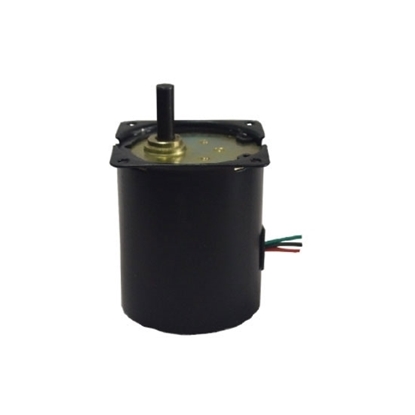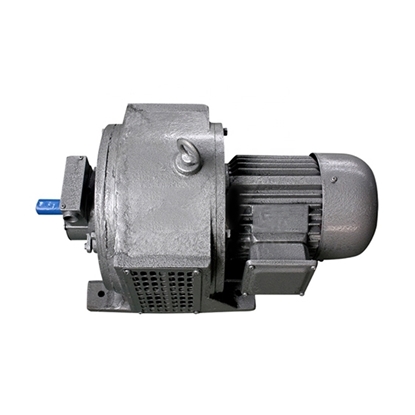Differences between Synchronous and Asynchronous Motor
Many people often get confused with the terms Synchronous and Asynchronous motors and what exactly are their applications. In this article, we will see what a synchronous motor is and how it differs from an asynchronous motor. We will compare and contrast the general working principles their advantages and where are they normally used and what can be achieved using each of these motors. of synchronous and asynchronous motors.
What is a Synchronous Motor?
The type of AC electric motor which has a rotor that is designed to rotate at the speed of the rotational magnetic field of the stator (synchronous speed) is called the synchronous motor. In the synchronous motor, the stator winding produces a rotational magnetic field when AC supply is connected. The rotor is also designed such that it produces its own magnetic field either by using a permanent magnet or an external DC supply through slip rings. As it can be seen that the synchronous is supplied by two supplies, i.e. one for stator and the other for rotor, for this reason it is known as doubly-excited machine.
What is an Asynchronous Motor?
An electric motor that is designed in such a way that its rotor does not synchronize with the speed of the rotating magnetic field is called an asynchronous motor. In actual practice, the rotor of the asynchronous motor rotates at a relatively lesser speed than the speed of the rotating magnetic field (or synchronous speed).
The rotor used in the asynchronous motor is of two types viz: squirrel cage type rotor and wound (or slip ring) type rotor. If the squirrel cage type rotor is used, then there is only one input supply to the motor and hence the motor is called a singly-excited machine. When wound type rotor is used in the asynchronous motor, there are two input supplies to the machine, therefore, it is called the doubly-excited machine.

Differences between Synchronous Motor and Asynchronous Motor
The difference in Working Principles
Synchronous Motors: This is a typical AC electric motor that is capable of producing synchronous speeds. In these motors, both the stator and the rotor rotate at the same speed thus achieving synchronization. The basic working principle is, when the motor is connected to the mains, electricity flows into the stator windings, producing a rotating electromagnetic field. This is in turn induced by the windings in the rotor which then starts rotating.
Asynchronous Motors: The working principle of asynchronous motors is almost the same as that of synchronous motors except that it has no external exciter connected to it. Simply put, asynchronous motors also known as induction motors, are also run by the principle of electromagnetic induction, in which the rotor does not receive any electric power by conduction as in the case of D.C motors.
The differences in Application
Synchronous Motor Applications:
- They are generally used in power stations to attain appropriate power factors. They operate in parallel to the bus bars and are often over-excited, externally, to reach the desired power factor.
- They are also used in manufacturing industries where a large number of asynchronous motors and transformers are used to overcome the lagging p.f.
- The synchronous motor is used in power stations to generate electricity at a desired frequency.
- The synchronous motor is used to control voltage by changing its excitation in the transmission lines.
Asynchronous Motor Applications:
Over 90% of the motors used in the world are asynchronous motors and they have huge applications all around, in a wide variety of domains. Some of them are:
- Centrifugal fans, blowers and pumps
- Compressors
- Conveyors
- Lifts as well as heavy duty cranes
- Lathe machines
- Oil, textile and paper mills, etc.
In conclusion, synchronous motors are only used when low or ultra-low speed performance is required by a machine and that too at desired power factors (both lagging and leading). Whereas, asynchronous motors are predominantly used in most of rotating or moving machines, such as fans, lifts, grinders, etc.

